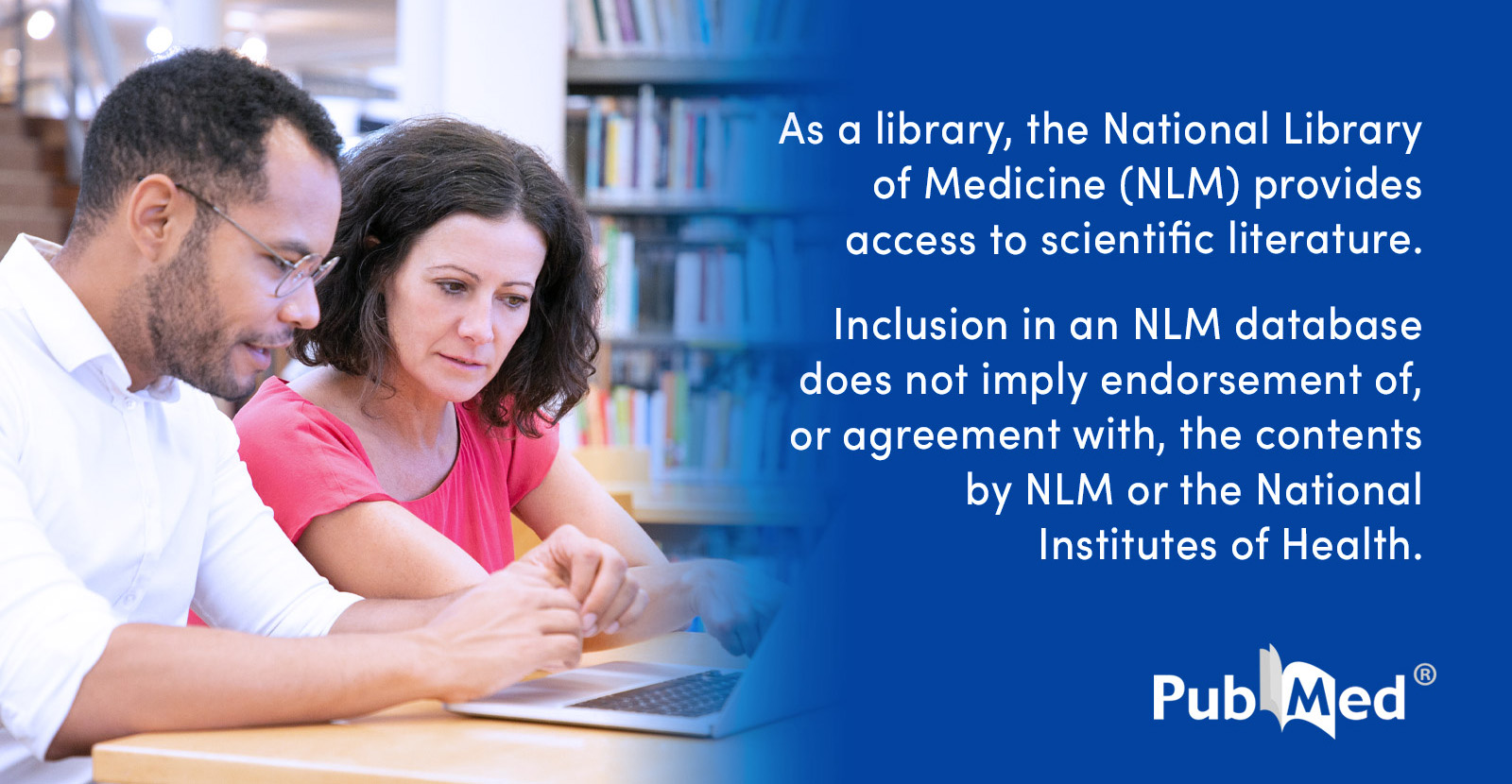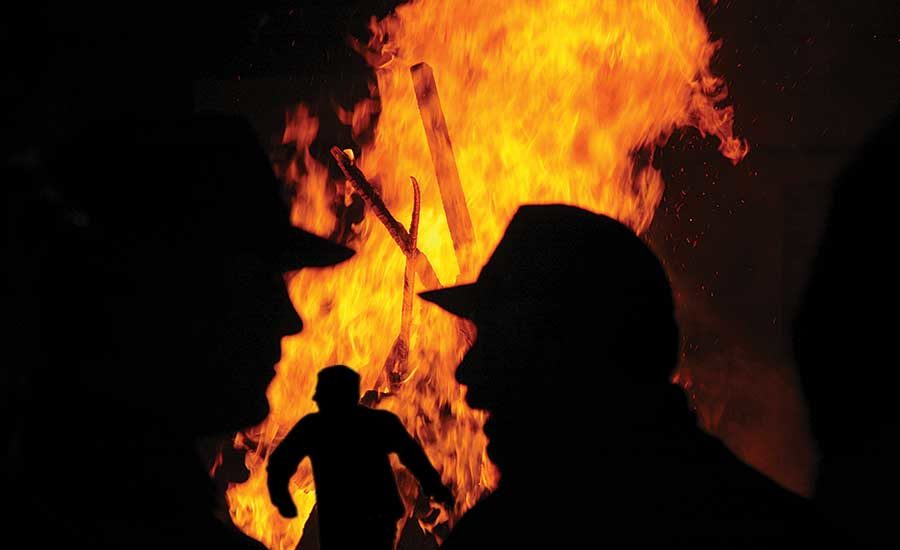Melbourne MICA
Forum Captain
- 392
- 13
- 18
Being disappointed at the response to my original post on this topic and quite willing to say I have an agenda I've decided to throw some sand around to get some attention.
US EMS is among the worst in the world at local utilization of an evidence based burn first aid model. At the same time US EMS is about as far away from a employing a default model regionally or nationally as you can get. Instead arbitrary caveats are applied, local "expert opinion" is often used to shape CPG's and the "lets not do anything that might cause even the teeniest bit of hypothermia" approach (including a treatment that has huge benefits for the pt).
For cash strapped local EMS or even larger regional health systems, a look at the dollar figures alone should surely create some interest or even an impetus to change practices particularly if you are one that employs hydrogel dressings and similar products. So some stats below are worth a look.
The first 2 show a rough break up of costs associated with the most common surgeries. The next 4 show a breakdown of burn related costs.

 www.healthgrades.com
www.healthgrades.com

 www.businessinsider.com.au
www.businessinsider.com.au
 www.ncbi.nlm.nih.gov
www.ncbi.nlm.nih.gov

 www.ncbi.nlm.nih.gov
www.ncbi.nlm.nih.gov

 www.ishn.com
www.ishn.com
From an economic standpoint alone it remains a minor mystery of the universe that such a dollar driven country as the US has not immediately snapped up the burn first aid approach that most reduces endpoint costs. And there is only one that comes close to this and it involves cooling with water for 20 minutes for all thermal burns (yes even large ones). There is no other approach employed in the US that comes even close to the clinical benefits of water cooling or its economic value.
Now I realise the troops here don't make the big calls but my agenda is to pressure the process at all its interfaces. This includes people like yourselves. Given the feral reception given to the Weaver EMS/burns/hypothermia paper of 2014/15 there are plenty of paramedics and their services who are in denial. In the same way, unless your service employs active warming technologies (like barehuggers), you will have a tough time convincing anyone patients with large burns can be adequately warmed. So the approaches used in the US mostly don't work to reduce hypothermia incidence from burns let alone provide the most cost and clinically effective treatment for the patient.
And then there is the evidence a slab of which I provided in the original post if anyone wants to download it. There are about 10 papers, all current or relevant.
So even as a point of debate on a paramedic EMS forum like this I would enjoy hearing your views and what reason you would have for NOT approaching your own service to ask them why not 1 EMS service in the US employs a 20 minute water cooling model including your own, have not published a single paper or online article describing in detail how their alternative approach is supported by the literature (especially dry dressing and hydrogel dressing models) nor provided an evidence summary for your burn care model attached to the published CPG's of your service.
And please, "not all ambulance CPG's are supported by evidence" or "who follows what the state based guidelines say?" replies just don't cut it.
US EMS is among the worst in the world at local utilization of an evidence based burn first aid model. At the same time US EMS is about as far away from a employing a default model regionally or nationally as you can get. Instead arbitrary caveats are applied, local "expert opinion" is often used to shape CPG's and the "lets not do anything that might cause even the teeniest bit of hypothermia" approach (including a treatment that has huge benefits for the pt).
For cash strapped local EMS or even larger regional health systems, a look at the dollar figures alone should surely create some interest or even an impetus to change practices particularly if you are one that employs hydrogel dressings and similar products. So some stats below are worth a look.
The first 2 show a rough break up of costs associated with the most common surgeries. The next 4 show a breakdown of burn related costs.

The 10 Most Common Surgeries in the U.S.
The 10 most common surgeries in the United States vary widely in terms of condition treated and cost.
These Are The 20 Most Expensive Surgeries In The US
Every year, doctors in U.S. hospitals perform about 15 million operations. Some are much pricier than others.
Cost analysis of acute burn patients treated in a burn centre: the Gulhane experience - PMC
Even if calculating the exact cost of burn treatment is a very hard task, the study of cost analysis provides financial perspective. We performed a cost analysis study in our burn centre to respond to questions about total patient treatment cost and ...

The true cost of burn - PubMed
It is difficult to define the true cost of a burns injury, however there has always been a consensus that the costs associated with burns care are high. This study aims to achieve an accurate calculation of the cost of acute burns care in an Australian context. A retrospective review of 20 adult...

Avoid the heavy costs of burn injuries
Burn incidents don't happen often, so there isn't much to worry about, right? According to the Bureau of Labor Statistics, more than 16,000 industrial injuries due to thermal burns were reported for the year 2013. From 2000 to 2013, nearly 2,300 workers died as a result of injuries sustained in...
From an economic standpoint alone it remains a minor mystery of the universe that such a dollar driven country as the US has not immediately snapped up the burn first aid approach that most reduces endpoint costs. And there is only one that comes close to this and it involves cooling with water for 20 minutes for all thermal burns (yes even large ones). There is no other approach employed in the US that comes even close to the clinical benefits of water cooling or its economic value.
Now I realise the troops here don't make the big calls but my agenda is to pressure the process at all its interfaces. This includes people like yourselves. Given the feral reception given to the Weaver EMS/burns/hypothermia paper of 2014/15 there are plenty of paramedics and their services who are in denial. In the same way, unless your service employs active warming technologies (like barehuggers), you will have a tough time convincing anyone patients with large burns can be adequately warmed. So the approaches used in the US mostly don't work to reduce hypothermia incidence from burns let alone provide the most cost and clinically effective treatment for the patient.
And then there is the evidence a slab of which I provided in the original post if anyone wants to download it. There are about 10 papers, all current or relevant.
So even as a point of debate on a paramedic EMS forum like this I would enjoy hearing your views and what reason you would have for NOT approaching your own service to ask them why not 1 EMS service in the US employs a 20 minute water cooling model including your own, have not published a single paper or online article describing in detail how their alternative approach is supported by the literature (especially dry dressing and hydrogel dressing models) nor provided an evidence summary for your burn care model attached to the published CPG's of your service.
And please, "not all ambulance CPG's are supported by evidence" or "who follows what the state based guidelines say?" replies just don't cut it.


